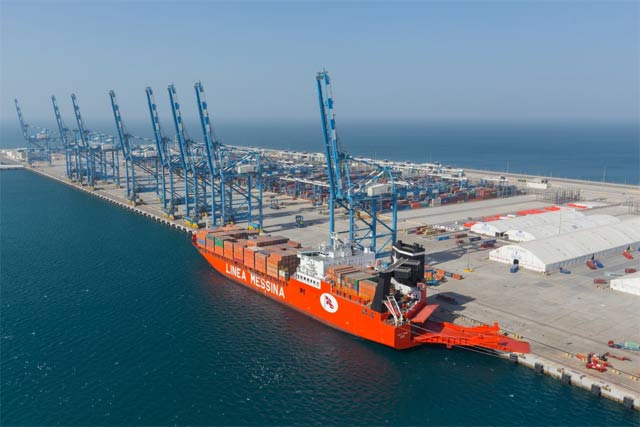WTF Dailies July 10, 2025
After Wednesday's market close, Trump issued his most stringent tariff threat yet in what is rapidly becoming a drip-by-drip repeat of his "Liberation Day" announcement in April.
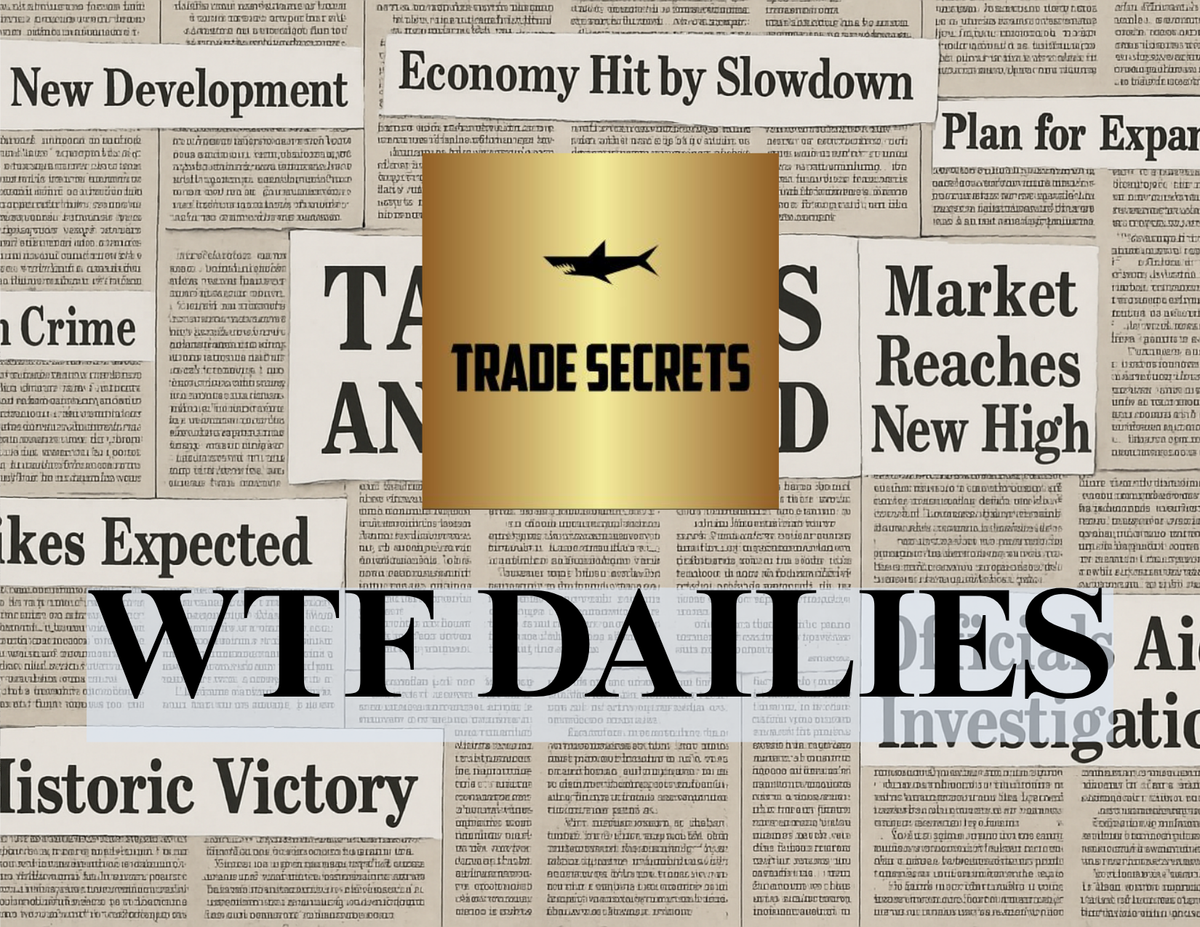
- US stock futures slipped late Wednesday amid fresh tariff threats from President Trump, as Wall Street looked to keep momentum from a tech-fueled rally that saw Nvidia (NVDA) leap to become the world's first $4 trillion public company.
- After Wednesday's market close, Trump issued his most stringent tariff threat yet in what is rapidly becoming a drip-by-drip repeat of his "Liberation Day" announcement in April. He threatened Brazil with tariffs of 50% on its imports, citing in part its treatment of former President Jair Bolsonaro, who is on trial over an alleged plot to remain in power after losing an election.
- The U.S. president also announced a 50% tariff on copper, making good on his earlier threat of such a move. Trump claimed this was to boost the local copper industry.
- While markets had taken some relief from Trump postponing his tariff deadline to August 1 from July 9, investors were now watching for more trade deals with Washington, which could help dull the full impact of the president’s tariffs. But so far, Washington has only signed trade agreements with the UK and Vietnam, and a framework deal with China. Trump’s exemption of India and the European Union from his latest round of tariffs suggested that deals with the two may be close.
- Most Asian stocks advanced on Thursday with technology shares tracking gains in Nvidia, which recently crossed a $4 trillion valuation, although concerns over U.S. trade tariffs remained in play.
- Japanese markets lagged their peers for the day, with the Nikkei 225 falling 0.5% while the TOPIX shed 0.8% after U.S. President Donald Trump slapped the country with 25% tariffs earlier this week. Talks between Tokyo and Washington also appeared to have stalled, as Japan kept up its demands to be exempt from most U.S. tariffs.
- Regional markets mostly took a positive lead-in from Wall Street, as NVIDIA Corporation (NASDAQ:NVDA) helped spur gains in broader tech stocks, pushing the NASDAQ Composite to a record high.
- But Trump’s tariffs limited gains, especially after he slapped a 50% tariff on Brazil and also made good on his threat of a 50% levy on copper imports. S&P 500 Futures fell 0.2% in Asian trade, following Trump’s latest tariff volley.
- South Korea’s KOSPI was the best performer for the day, rising 0.8% as local chipmaking stocks rose tracking Nvidia.
- Memory chip giant and major Nvidia supplier SK Hynix rose 3.2%, extending gains from the prior session and remaining close to a record high. SK Hynix Inc (KS:000660) had risen earlier this week after rival Samsung Electronics Co Ltd (KS:005930) flagged a substantially weaker-than-expected profit for 2024.
- The Bank of Korea kept interest rates unchanged as widely expected on Thursday, and signaled that policymakers remained open to more future rate cuts, amid persistent headwinds for the east Asian economy.
- Other Asian markets were less upbeat, but still clocked some gains. China’s Shanghai Shenzhen CSI 300 and Shanghai Composite indexes rose 0.3% each, but remained subdued following middling Chinese inflation data from Wednesday.
- Hong Kong’s Hang Seng index was flat as gains in tech offset losses in locally listed Chinese stocks.
- Australia’s ASX 200 rose 0.6% as uncertainty over the Reserve Bank of Australia was soothed by growing bets that the central bank will cut interest rates in August, following an unexpected hold earlier this week.
- Singapore’s Straits Times index added 0.4%
- India’s Nifty 50 index fell 0.1%, pointing to a negative open.
Market Close
- The S&P 500 and Nasdaq hit new record highs today, as markets appeared to brush off tariff concerns, with Canadian equities also gaining on the day. Small-cap equities performed even better, with the Russell 2000 up 0.5%, extending its gains over the past five days to 1.7%. However, this index remains some 7% off its all-time high seen in November of last year. Meanwhile, an early sell-off in U.S. government bonds was reversed after a well-received auction for 30-year Treasuries, and the U.S. dollar was stable against a trade-weighted basket of international currencies. In commodity markets, oil prices continued to slide following yesterday's stronger-than-expected U.S. supply data and more subdued demand forecasts from OPEC. News reports suggest that OPEC+ countries are discussing a pause in planned production increases from October.
- President Trump has threatened a 50% tariff on goods imported from Brazil, unless legal proceedings against former President Bolsonaro are halted. The U.S. imported $42 billion in goods from Brazil last year, implying a $21 billion effective annual tax on this trade if implemented and sustained at these levels. This follows a host of tariff announcements this week, with the administration setting new reciprocal tariff rates for many trade partners to come into force on August 1, unless trade agreements can be reached beforehand. The president also clarified yesterday that the proposed 50% tariff on copper, the world's third most widely used metal, will go into effect at the same time, driving a rise in copper futures prices. The U.S. produces just half of the copper it consumes each year, meaning that domestic industries using this metal in their production process would face steep increases in costs. For now, the market is seemingly looking through much of this tariff news in anticipation that trade deals, or further delays, mitigate their impact. However, the risk of deeper disruptions to the economy and markets from tariffs is rising again, in our view.
- New claims for unemployment insurance fell again last week and continue to trend at low levels, with firms seemingly reluctant to let go of staff. However, continuing claims, a measure of people receiving ongoing benefits, continues to rise, and at nearly 2 million stands at the highest level seen since late 2021. This is consistent with cautious hiring, which may well reflect uncertainty in the corporate sector over the outlook for trade policy and the economy. The Fed is also struggling to see through this fog, and the minutes from its June meeting released yesterday suggest that most members are happy to wait and see how trade developments, and their impact on the real economy, evolve before changing policy.
Global Indices:
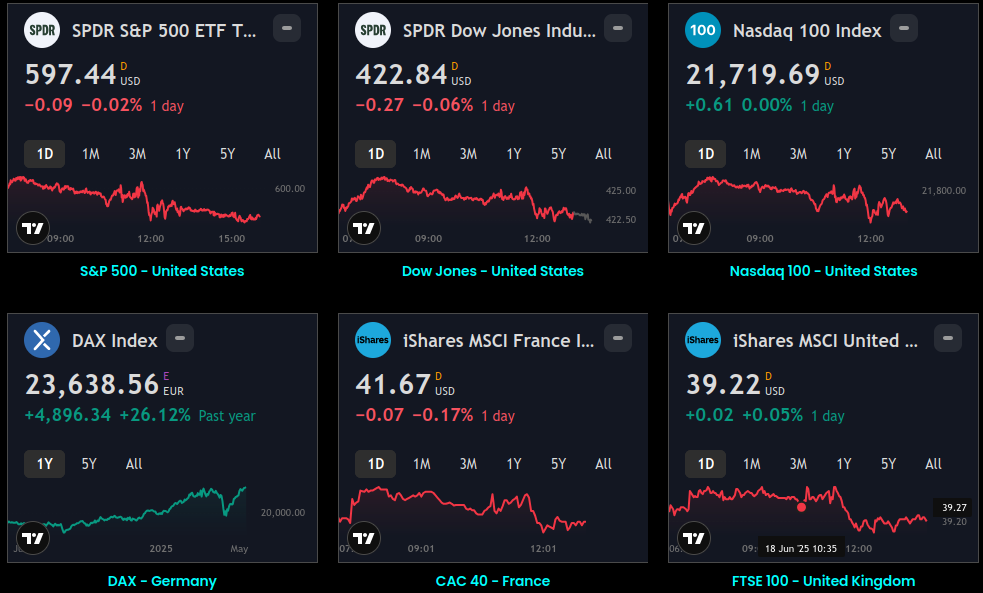
Active Stocks:
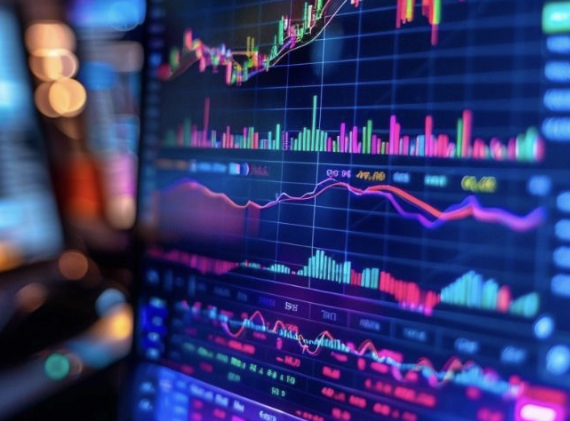
Stocks, ETFs and Funds Screener:
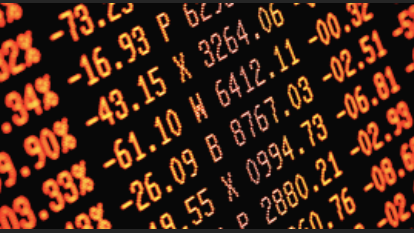
Forex:

CryptoCurrency:

Events and Earnings Calendar:
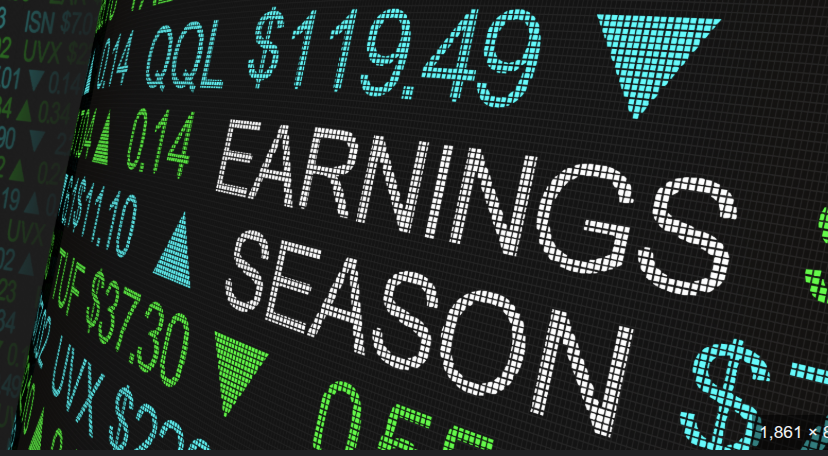
This daily briefing is curated from a wide range of reputable sources including news wires, research desks, and financial data providers. The insights presented here are a synthesis of key developments across global markets, intended to inform and spark thought.
No Investment Advice: This content is for informational purposes only and does not constitute investment advice, recommendation, or endorsement.
Timing Note: Each edition is assembled based on the market context available at the time of writing. Timing, emphasis, and interpretations may vary depending on global developments and publishing windows.







